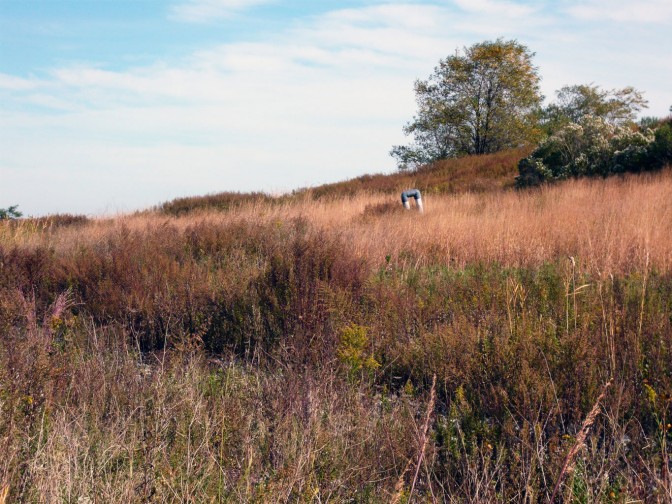Nest Box Tips from Freshkills Park
Highlights:
- There are some important general features of nest boxes to benefit birds
- Nest boxes are generally designed with a particular species in mind,
- Location is important when deciding which species you wish to attract
- Remember to report your sighting to Project NestWatch
Within the next few weeks, migrating birds will be returning to our area for the spring and summer. This is the time of the year at Freshkills Park where we inspect and repair our nest boxes from the year before and decide where to place new boxes within the park. Nest boxes provide shelter for birds to incubate their eggs and raise their young, but there are some important considerations when building or buying a nest box.
There are some important, general features of nest boxes: Untreated (and unpainted) wood ensures that birds are not in contact with any harmful chemicals. A slanted roof helps rainwater roll off. A recessed floor also helps keep the box dry. Rough interior walls will help fledgling birds climb out of the nest box. A side-door with a hinge will be helpful to clean out the nest box.
Nest boxes are generally designed with a particular species in mind, and therefore the size, shape and diameter of the entrance are all important considerations. The width, length and height of the box will be different depending on the species you wish to attract. The diameter of the entrance hole will vary based on the target species. For example, our Tree Swallow nest boxes (see right) have an entrance diameter of 1 ⅜ of an inch as recommended by Cornell Lab of Ornithology. Our American Kestrel boxes have a larger diameter entrance at 3 inches.
While some species may readily use a birdhouse that is hanging from a porch, other species prefer more quiet settings. Just as important as box design, location is important when deciding which species to attract. The box height off of the ground, habitat type, and ambient noise level are all important when deciding where to place a next box. Here is a great resource for designing and building your own nest box!
At Freshkills Park, we have nest boxes placed in various habitats to provide a home for American Kestrels (Falco sparverius), Tree Swallows (Tachycineta bicolor), and Wood Duck (Aix sponsa). We hope to expand our nest box program to include Barn Owl (Tyto alba) boxes, which is a species that has drastically declined in our area, as well as Purple Martin (Progne subis).
Lastly, it is important to document the activity in your nest box to The Cornell Lab of Ornithology Project NestWatch. This nation-wide program is aimed to document breeding biology behavior of birds, and it is an important tool to help inform conservation of birds in North America.
Share your Nest Boxes online and use #NestBoxWeek to help raise awareness and support for our feathered friends trying to make it in urban environments!






